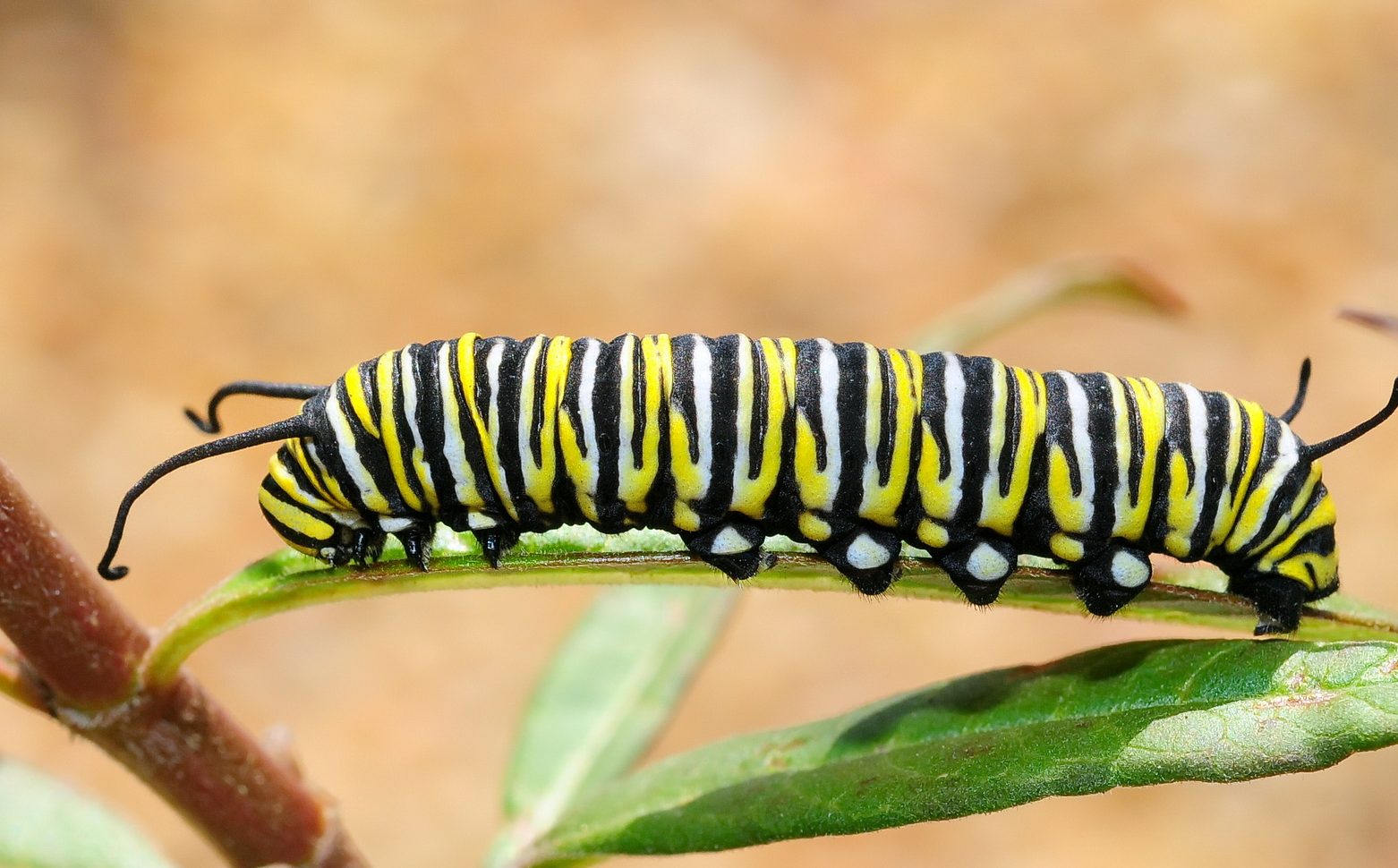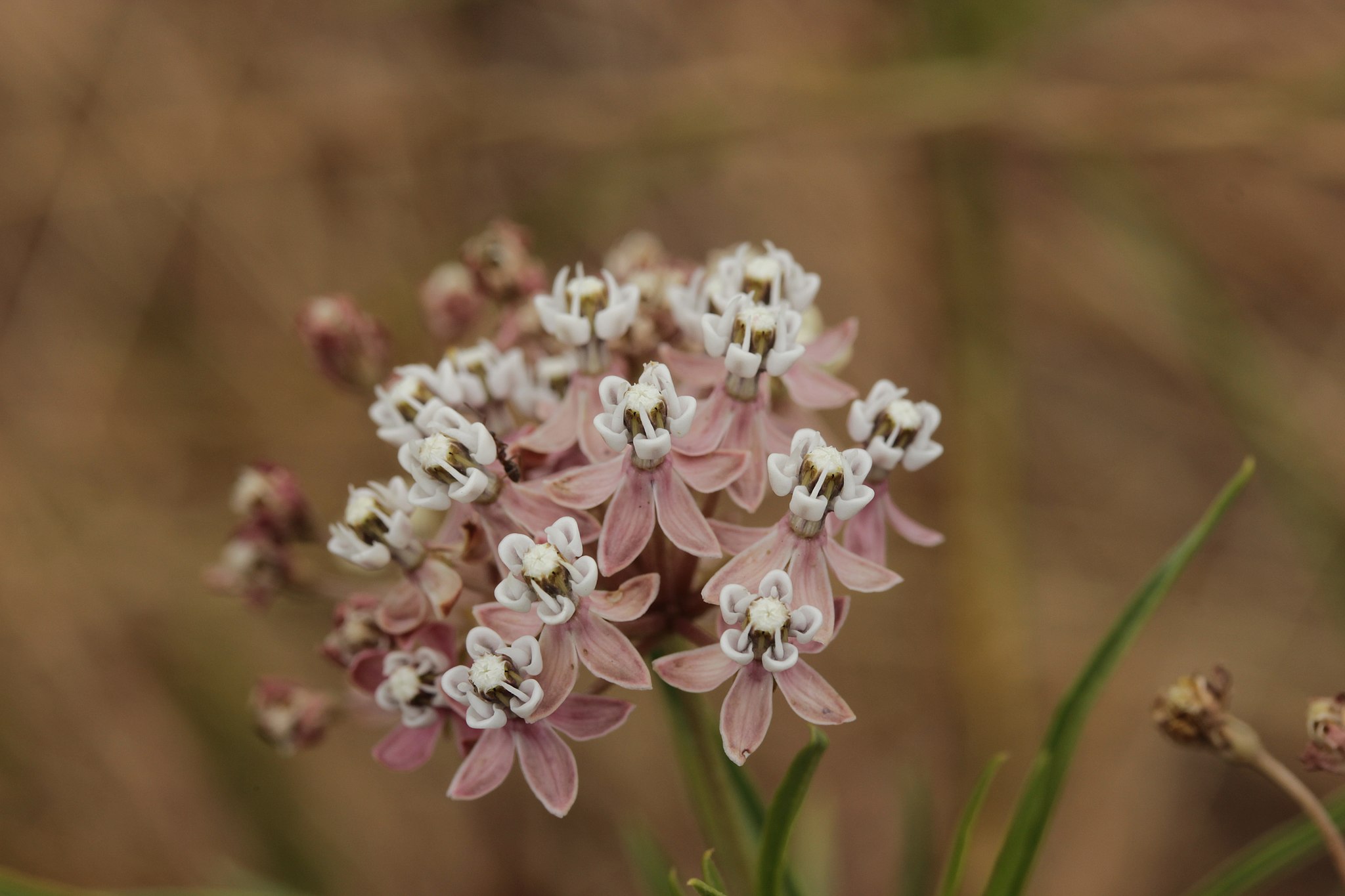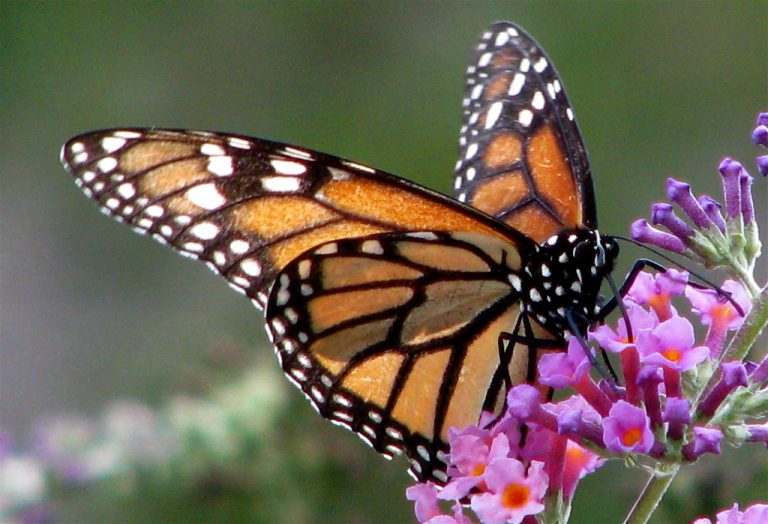There may be a glimmer of hope for the Western Monarch butterflies, whose population has been declining drastically over the last several years. Their numbers have recently increased significantly, according to the Xerces Society for Invertebrate Conservation,
The annual Thanksgiving census announced that a rise in the number of Western monarch butterflies overwintering in California made a comeback to more than 247,000 a year after fewer than 2,000 appeared in 2020. According to Emma Pelton, the senior endangered species biologist, it’s the highest count recorded since 2016.
The monarch butterfly
The monarch butterfly is easily distinguishable with its orange wings, which are then patterned with black lines and white dots in an enlightening display of color.
In North America, two different groups of monarchs exist; the western monarch, which lives in the Rocky Mountains and in southern California; and the eastern monarch, found in the Great Plains and Canada before coming down to Central Mexico during the winter.
Monarch butterflies start life as any other – as hungry little caterpillars. However, monarchs require the milkweed plant for survival. During the course of two to five weeks, one female can lay between 300 to 500 eggs on the underside of milkweed leaves.
Success
You are now signed up for our newsletter
Success
Check your email to complete sign up
Once the caterpillars hatch, they start to feast away at the milkweed. After they reach full size, they wrap themselves into a chrysalis (cocoon) and take about a week or two to grow into a beautiful monarch butterfly, breaking out of the cocoon to spread their wings and fly.

Monarch butterflies, like most animals with brilliant displays of color, use their bright patterns as a warning sign to predators. The milkweed they devoured as larvae is poisonous, and while it has no deleterious effect on the butterfly, the poison is absorbed into the body, deterring predators.
Monarch butterfly migration
The monarch butterfly has the most developed migratory pattern of any known butterfly, moth, or insect. Monarch butterflies move in groups of more than a million individuals. They may go as far as 4,828 kilometers (3,000 miles) on their voyage when temperatures drop in North America, migrating south to overwinter in oyamel fir trees in the Mexican mountains.
While the caterpillars feed only on milkweed, adult butterflies feed on a wider variety of nectar plants. Spring through late summer can see four to five generations of adult monarchs. The last generation of the summer will return to Mexico in the fall. During this journey, adults feed on nectar alone.
They begin their migration in the fall, flying up to 100 kilometers each day. While most monarchs only survive two to six weeks, the migratory generation will live many months before returning north to lay eggs on milkweed plants in spring.
Fall of the monarch
Unfortunately, like most monarchs of human history, the monarch butterfly is facing extinction in the modern world.
Several factors play into the endangerment of the monarch butterfly, including the loss of milkweed due to natural and man-made factors. Since the butterflies rely solely on this plant for breeding and eating, its removal is depriving the caterpillars of their source of food.
Invertebrate conservation group, the Xerces Society, stated, “For every 160 [western] monarchs there were then, there is only one left today.” The Xerces Society also estimated that, by 2020, fewer than 2,000 monarchs were found in California.
Royal resurgence
In 2021, there was a sudden rise of overwintering western monarch butterflies in California, with more than 247,000 insects in a single year – a significant increase in the population compared to the previous year’s 2,000 butterflies found in the state.
According to senior endangered species biologist, Emma Pelton, good weather may have played a part in the increase of butterflies found. With the weather regulated to “warm-but-not-too-hot” status, the milkweed may have been able to grow at a healthier level than before. Thus, the plants can grow big enough to sustain the caterpillars’ diets to survive and grow.
Butterfly researcher Art Shapiro even speculated that the COVID-19 pandemic’s hindering effects on agricultural activity may have ironically given the butterflies a chance to grow. With fewer crops to plant due to the decrease in manpower and supply chain issues, less pesticide may have led to more butterflies.
Another ironic factor in the increase of monarchs is also believed to be the fact that there are few monarchs left, meaning less competition for the improved growth of milkweed over the years, in addition to the increased odds of avoiding a predator – a phenomenon biologists dub as a “negative-density dependent” population.
However, despite the hopeful signs, Pelton still warned that it does not mean a “recovery of the species.”
“It will take multiple more years to understand if this is the beginning of a trend or just a blip,” Pelton said in an online news conference. The reasons for the comeback are puzzling. Not only was there the highest one-year rise ever noted, but the butterflies were also discovered at a record 283 locations, yet the numbers are still only a fraction of the millions that were recorded in the 1980s.
Regardless, the slight resurgence of the monarch butterfly population is a sign that things can be improved for the survival of animals like them. As Pelton said, it is a “ray of hope that this population can bounce back, that they’re more resilient than we thought.”
However, action is still needed to tackle the problems still present that could threaten the monarch population again. Wildlife biology senior Lia Biritz said that restoring lost and damaged habitats may increase the number of butterflies.
“This population increase will directly correlate to a subsequent increase in the species that rely on monarch butterflies, ultimately leading to greater ecosystem health,” says Biritz.

How you can help the monarch butterfly
- Planting California milkweed supports biodiversity and the California monarch butterfly’s natural migratory path. No garden or other space to plant milkweed? Buy milkweed seed balls to scatter in open fields and other natural habitats. If you’re a DIYer, you can make your own.
- Keep it local. Native plants are what nourish the local insects best, and they are also best adapted to the environment. If you live in the East, plant eastern milkweed to support your monarch population.
- Don’t use pesticides in your garden, an insect-free garden is not only hazardous to your plants but also our planet’s natural equilibrium.
- Get involved with groups like Save Our Monarchs and Monarch Watch, who are working hard for the monarch and have filed petitions with the Supreme Court to have the butterfly listed under the Endangered Species Act in 2024.
Simone Jonker contributed to this report.















